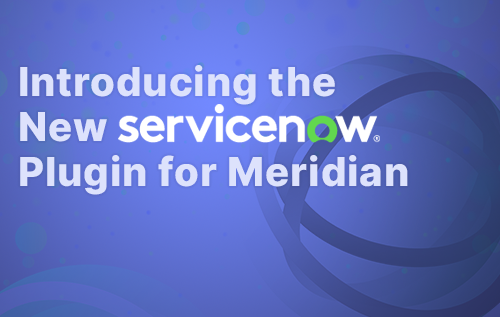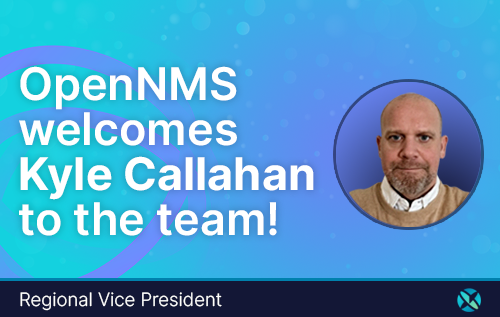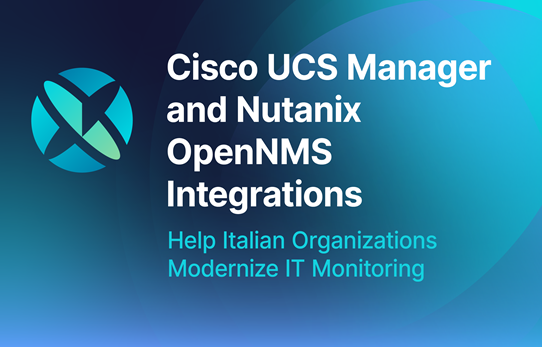In 2004, the telecoms bubble had burst, and the telecoms industry was still in shock with over 500,000 layoffs and $2 Trillion Dollars of value wiped out globally. Over-investment in fibre capacity and 3G licenses had left many suppliers and operators on the verge of bankruptcy.
This did not seem a particularly auspicious time to launch a new project, but I had just started Doctoral Research at Southampton University and wanted to investigate the potential of Open Source network management in the telecoms industry.
The Telecom Bust Opens the Door to Open-Source
My first step was to somewhat nervously propose an open source 'Birds Of a Feather' (BOF) session at TMW Nice 2004. The session attracted a lot more interest than expected, and it seemed industry players were more willing to consider the open-source network management option as they desperately looked for opportunities to de-risk R&D investments and reduce overall IT costs. The TM Forum also saw this as a possible new strand to increase the value of participation.
BT, Agilent, and Sun (now Oracle) all generously sponsored several Southampton University undergraduates to work with me on an open-source proof of concept (PoC) through the summer before traveling to demonstrate it at another BOF in October 2004 at TMW Long Beach.
In the course of my research, I discovered OpenNMS – one of the few scalable open-source network management tools in existence at that time. It also appeared to be the only open-source network management platform written in Java which was a viable candidate for integration using OSS through Java (OSS/J) APIs.
I decided to use it as part of the PoC.
The OpenNMS company had just been founded, and I met CEO David Hustace when he travelled to join us for the demonstration in Long Beach. That was the start of more than twenty years of working together on OpenNMS.
TMW Long Beach raised even more interest in the possibilities of open-source, and we began to be referred to by TM Forum members as the 'open-source pirates'.
OpenOSS Brings Open-Source Full Circle
But not everyone was happy. Questions were asked at board level by some of the software vendors concerned about whether the TM Forum should be getting involved in open source. Fortunately, their objections did not prevail, and the BOF excited a group of people who were invited to a two-day workshop at the University of Southampton later that year. The workshop agreed to a set of objectives for what was to become the OpenOSS catalyst project.
TM Forum were then heavily promoting NGOSS, the Next Generation Operations Support System architecture (which was a precursor to today's TM Forum Open Digital Architecture). The Southampton workshop was able to broker a link between the open-source catalyst and a parallel NGOSS Model Driven Architecture catalyst. The OpenOSS catalyst would be modeled in UML as NGOSS contracts by the NGOSS catalyst team. The OpenOSS catalyst team was initiated at Team Action Week in January 2005, and the catalyst presented with Southampton students at TMW Nice in May 2005.
The catalyst demonstrated to TM Forum members for the first time that open source network management could enable collaboration, research, and education around TM Forum technologies, just a year from the first open-source BOF session.
Open-Source Starts to Compete with Commercial
Sun (Oracle) had previously initiated the OSS through Java (OSS/J) program in collaboration with a number of TM Forum members but outside of the TM Forum because of intellectual property rights issues. The objective of OSS/J was to encourage the use of the Java ecosystem (J2EE and XML over JMS) to develop OSS components which reflected the TM Forum's NGOSS design principles. OSS/J standardized a number of common OSS interfaces and the Java Community Process mandated that each published API had a publicly available Reference Implementation (RI) and Compatibility Test Kit (CTK).
Although the RI and CTK's were not necessarily published under a fully open-source license, OSS/J was clearly demonstrating that standards adoption would be greatly helped by examples which developers could leverage in their own products. Major Java enterprise components were increasingly developed as open-source projects and as these projects matured, they were becoming sufficiently functional to compete with their commercial equivalents. (Indeed, as part of Oracle's acquisition of Sun, the Java code base was itself open source as Open JDK). OSS/J APIs are still used in the industry and OSS/J was eventually subsumed into the TM Forum, but OSS/J reduced in popularity as the XML and EJB technologies on which it is based became less fashionable among developers.





